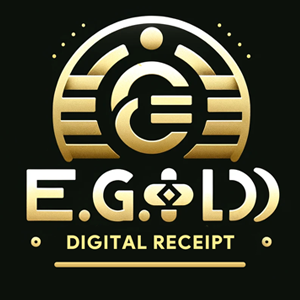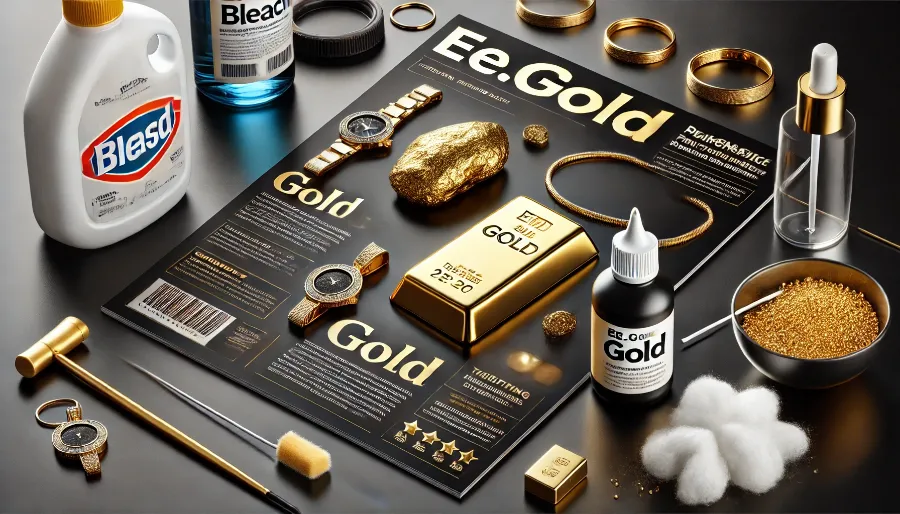
Can You Test Gold with Bleach? Exploring the Facts
Gold, one of the most sought-after metals, has been tested for authenticity through various methods for centuries. Among unconventional methods, testing gold with bleach has sparked curiosity for its simplicity and availability. But can you really test gold with bleach, and is it reliable or safe? Let’s dive into the chemistry, practicality, and results of this intriguing approach.
What Happens When Gold is Exposed to Bleach?
Gold is a noble metal, which means it resists corrosion and oxidation under normal conditions. When exposed to bleach, gold should not tarnish, change color, or dissolve, provided it is pure (24-karat gold). Lower karat gold or gold alloys, however, may react due to the presence of other metals like silver or copper in the mix. The reaction with bleach can sometimes help distinguish between pure gold and gold-plated or fake items.
Why Test Gold with Bleach?
Testing gold with bleach appeals to many because of its accessibility. Bleach is a common household item, making it a low-cost and straightforward way to verify gold's authenticity without expensive tools. However, this method is best used as an initial test rather than a definitive analysis.
How to Test Gold with Bleach: A Step-by-Step Guide
- Prepare the Area: Work in a well-ventilated area and wear gloves to protect your skin.
- Clean the Gold Item: Wipe off dirt or oils to ensure accurate results.
- Apply Bleach: Using a cotton swab or dropper, apply a small amount of bleach to a discreet area of the gold.
- Observe the Reaction: Watch for discoloration, tarnishing, or other changes.
- Rinse Thoroughly: Wash the item with water to remove bleach residue and avoid damage.
Interpreting Results
- No Reaction: Genuine gold, particularly 24-karat, will remain unchanged.
- Tarnishing: Lower karat gold or gold-plated items may tarnish due to other metals in the alloy reacting with bleach.
- Dissolution or Bubbling: Likely fake gold or gold-plated material with a thin coating.
Pros of Using Bleach for Gold Testing
- Easily available and inexpensive
- Can quickly rule out some fake materials
- Simple to perform at home with minimal tools
Cons of Using Bleach for Gold Testing
- Risk of damaging gold-plated items or lower karat gold
- Not suitable for high-accuracy testing
- May not detect advanced fake materials like tungsten-filled gold
Expert Advice: Is Bleach Testing Reliable?
While bleach testing can offer some insights, it should not be your sole method for determining gold's authenticity. Professional testing tools like acid test kits, electronic testers, or X-ray fluorescence (XRF) analyzers provide more reliable results. If you’re unsure, consulting a jeweler or precious metal expert is always the safest route.
FAQs About Testing Gold with Bleach
- Does bleach damage gold? Pure gold is resistant to bleach; however, gold alloys or plated items may suffer damage.
- Can I test gold jewelry with bleach? Yes, but test on an inconspicuous spot to avoid visible damage.
- Is bleach better than an acid test? Bleach is less reliable and less precise compared to acid testing.
- What does it mean if my gold changes color in bleach? It likely indicates the presence of non-gold metals or a gold-plated item.
- Can bleach identify fake gold? It can help identify some fakes, but advanced forgeries may require professional testing.
Practical Alternatives to Bleach Testing
For those seeking more accurate methods:
- Magnet Test: Fake gold may contain magnetic metals.
- Acid Test: Gold's reaction to nitric acid can determine purity.
- Density Test: Genuine gold has a high density (19.3 g/cm³).
- Scratch Test: Scratching on a ceramic plate can reveal the underlying material.
Why Gold Testing Matters
In today’s market, counterfeit gold is becoming increasingly sophisticated. Testing ensures you’re investing in genuine pieces, whether for personal use, resale, or inheritance. For valuable items, professional appraisals are crucial.
Testing gold with bleach can be an easy and intriguing experiment, but it’s important to understand its limitations. When in doubt, rely on professional tools or certified jewelers for accurate results. By combining curiosity with proper precautions, you can confidently assess your gold's authenticity.
Where Testing Gold with Bleach is Most Useful
Testing gold with bleach is best suited for casual verification at home, especially for items of low to moderate value. It is a handy method for distinguishing between obvious fakes and potentially real pieces. This approach works well in scenarios such as:
- Estate Finds: If you’ve inherited jewelry or coins and want a quick authenticity check.
- Pawn Shop Purchases: When you’re unsure about a recently acquired gold item.
- Garage Sale Discoveries: For those interesting "gold" pieces you find at thrift stores or sales.
However, for high-value investments like bullion or collector’s items, professional testing remains essential to avoid costly mistakes.
Safety Considerations When Testing Gold with Bleach
While bleach testing is simple, safety should always come first. Bleach is a caustic substance and can be harmful if mishandled. Here are some precautions to follow:
- Ventilation: Always work in a space with good airflow to avoid inhaling fumes.
- Protective Gear: Wear gloves and eye protection to minimize skin and eye irritation.
- Minimal Application: Use only a small amount of bleach to reduce potential damage to the gold item.
- Rinse Thoroughly: Ensure that bleach residue is completely removed after the test.
How Bleach Testing Compares to Other Methods
To better understand its role in gold testing, let’s compare bleach to other common methods:
| Method | Accuracy | Cost | Ease of Use | Damage Risk |
|---|---|---|---|---|
| Bleach Testing | Moderate | Low | Easy | Moderate |
| Acid Testing | High | Low-Moderate | Requires tools | Low |
| Electronic Tester | Very High | High | Easy | None |
| Density Test | High | Low | Moderate skill needed | None |
| XRF Testing | Extremely High | Very High | Professional only | None |
As the table shows, bleach testing ranks lower in accuracy but scores high for convenience. It’s a useful first step, but follow-up with a reliable method for conclusive results.
How Fake Gold Reacts to Bleach
Fake gold comes in various forms, from gold-plated to outright forgeries made with non-gold materials. When exposed to bleach:
- Gold-Plated Items: The thin gold layer may wear off, exposing the base metal.
- Brass or Copper Alloys: These may tarnish or turn green due to oxidation.
- Tungsten or Lead Cores: Advanced fakes often resist simple bleach testing and require professional analysis.
The variability in reactions underscores why bleach should not be your sole test for authenticity.
Real-World Examples of Bleach Testing
Let’s explore some scenarios where testing gold with bleach has proven useful:
- A Family Heirloom: A gold necklace passed down for generations was tarnished when tested with bleach, revealing it was actually gold-plated.
- Thrift Store Find: A ring that appeared to be gold showed significant tarnish in bleach, confirming it was brass.
- Unmarked Gold: A piece of scrap jewelry with no markings remained unchanged in bleach, suggesting it was genuine gold.
These examples illustrate the practical but limited scope of bleach testing.
The Science Behind Gold’s Resistance to Bleach
Gold's chemical stability is rooted in its atomic structure. As a noble metal, it resists oxidation and does not easily react with chlorine, the active ingredient in bleach. This property makes pure gold an ideal candidate for jewelry and coins. Alloys, however, are more susceptible to chemical reactions due to their non-gold components.
How to Avoid Common Mistakes in Gold Testing
When testing gold with bleach, avoid these common pitfalls:
- Testing Overly Large Areas: Stick to small, inconspicuous spots to minimize damage.
- Misinterpreting Reactions: Understand that tarnish or color change often indicates alloys, not outright fakes.
- Skipping Professional Testing: Always confirm valuable items with certified methods.
When and Where to Seek Professional Help
If you’ve tested gold with bleach and still have doubts about its authenticity, it’s time to consult a professional. Jewelers, pawnshops, and gold dealers often offer testing services. Some may even use advanced tools like XRF machines for precise results. Look for certified professionals with good reputations to ensure accuracy and fairness.
Final Thoughts on Testing Gold with Bleach
While bleach testing provides an accessible and low-cost way to check gold’s authenticity, it is not a foolproof solution. This method works well as a preliminary test, particularly for inexpensive or lower-karat items. However, for significant investments, professional testing should always be your go-to option. By combining simple methods like bleach with more advanced tools, you can confidently assess your gold’s true value.
Whether you’re a gold enthusiast, a savvy buyer, or someone curious about that mysterious necklace in your drawer, knowing how to test gold with bleach can be a handy skill. Just remember: when in doubt, trust the experts!
NOTE
This Content is the copyrighted content of EE.GOLD. All rights are reserved. You are welcome to share or use our content only by including direct links to our website. Any other form of reproduction, distribution, or use without proper attribution is strictly prohibited.
This Content is intended solely for educational purposes. The information provided does not constitute financial or investment advice.
Please note that Digital Storage Receipt, Secure Storage Solutions, and Physical Gold Sales are the only services offered by EE.GOLD.
We strictly adhere to government regulations and are firmly against all illegal financial or investment activities globally.
For further inquiries, feel free to contact us through our official channels.
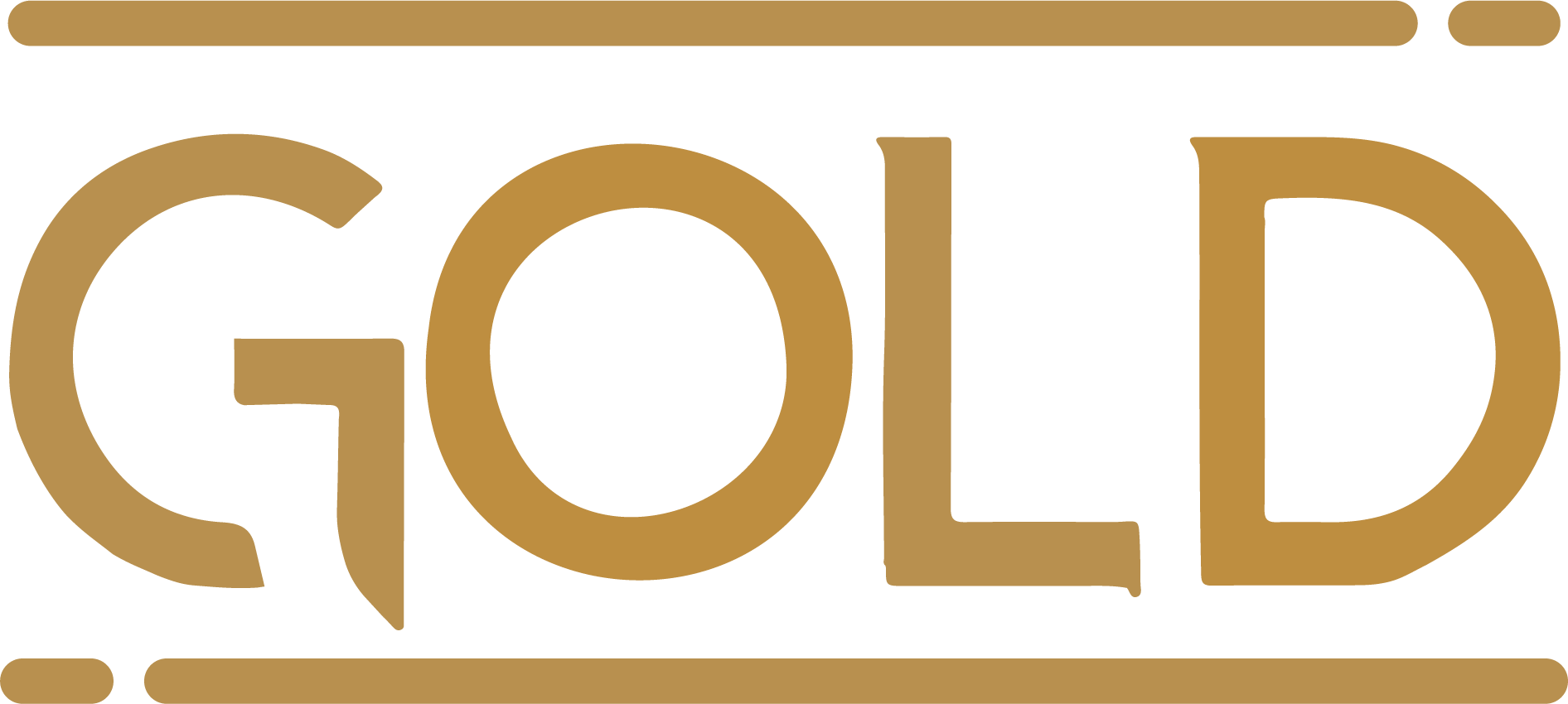
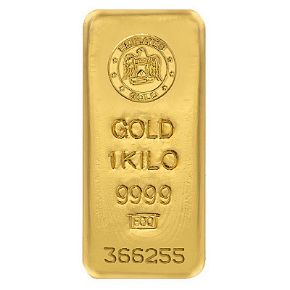
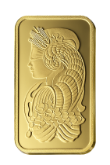

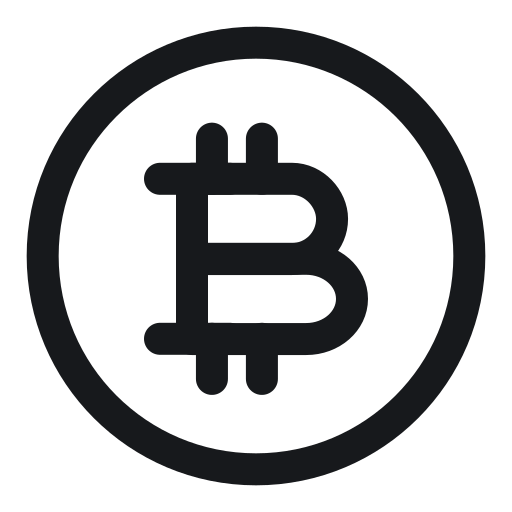

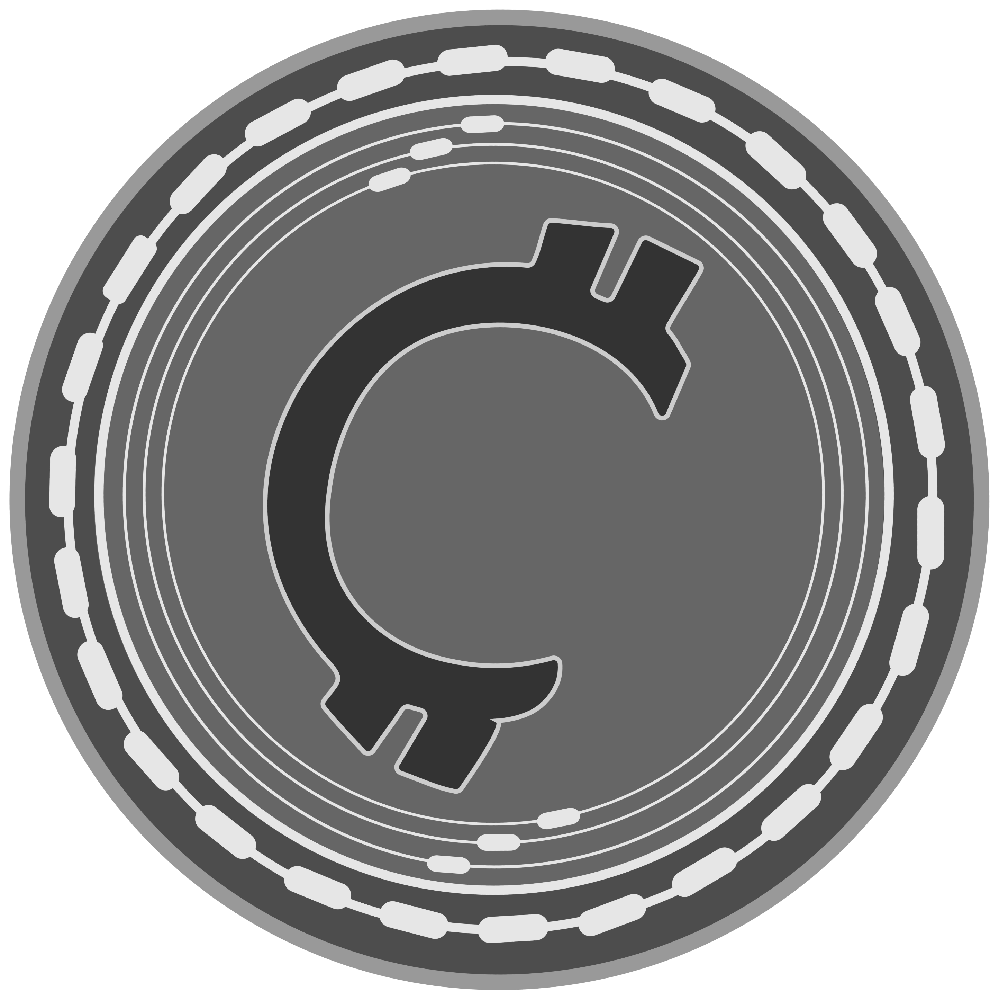

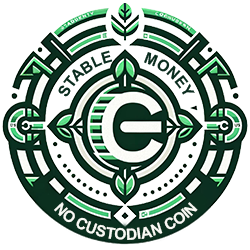

.png)

